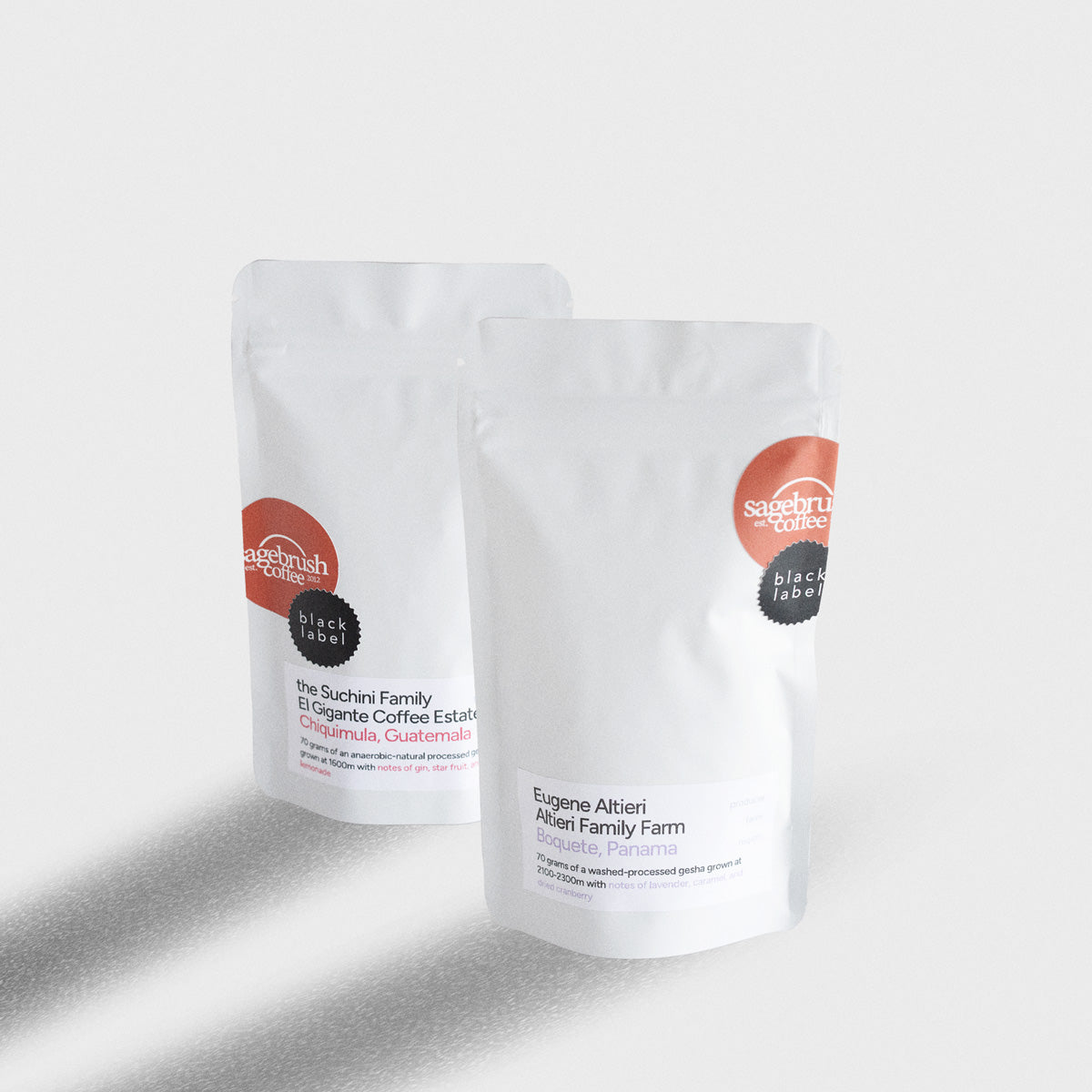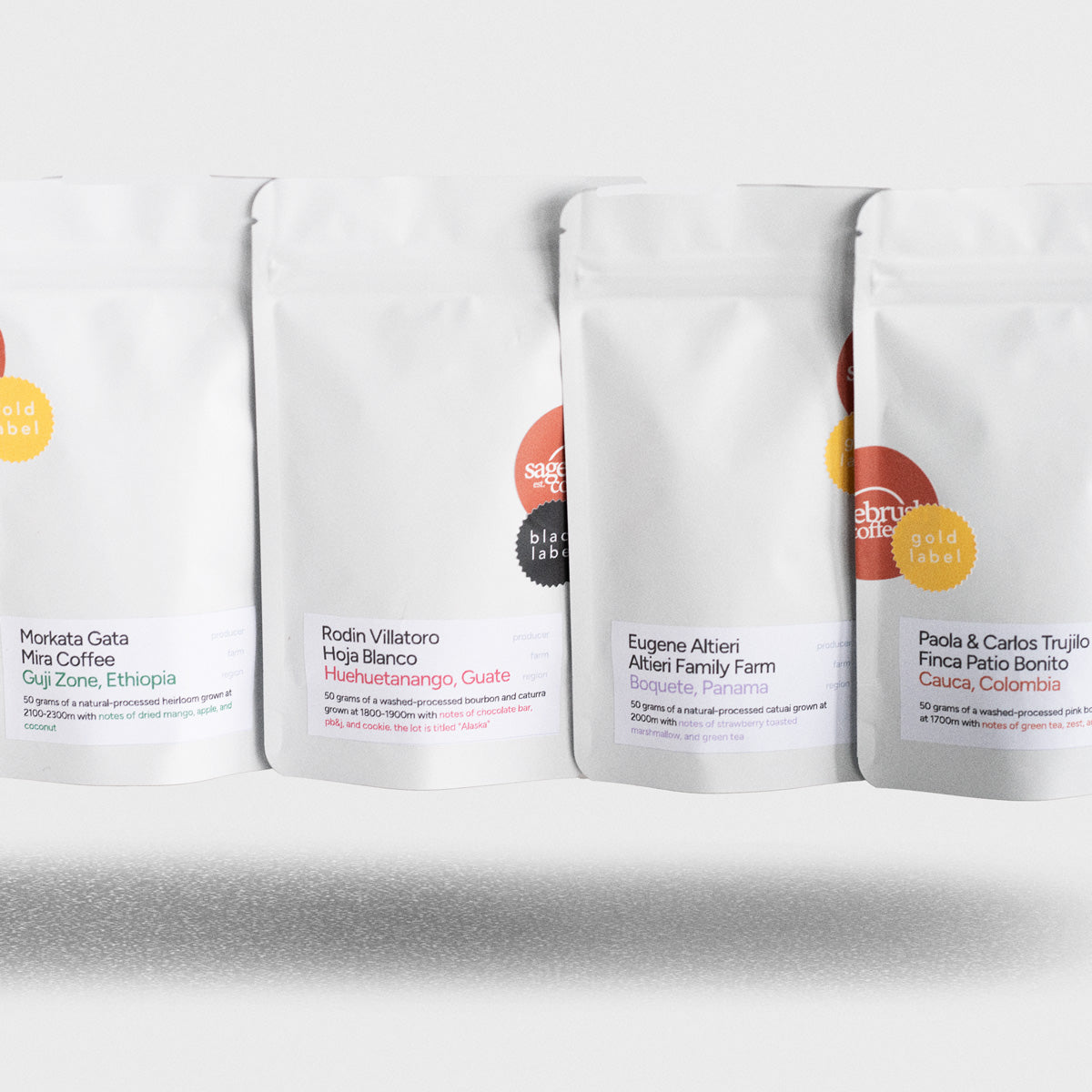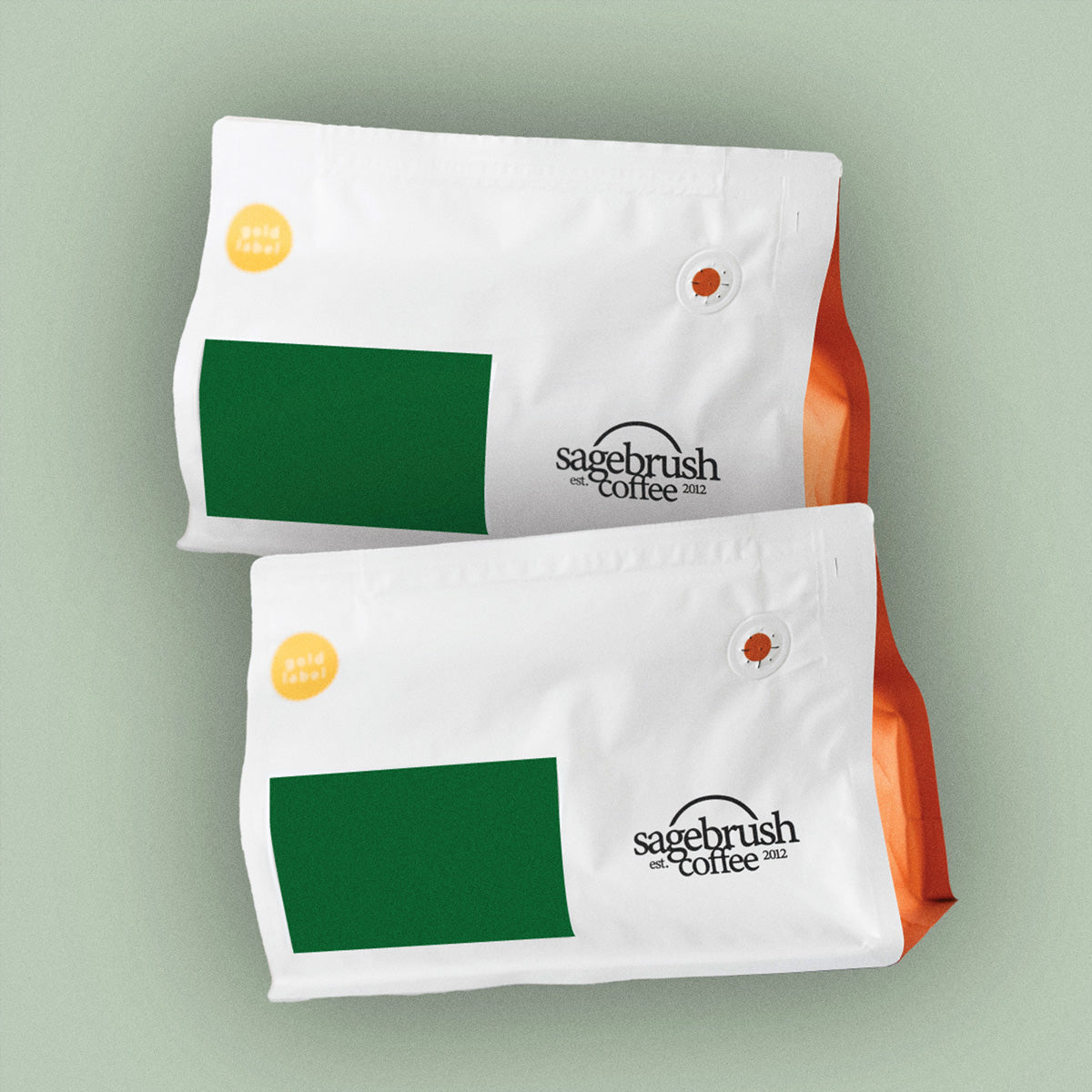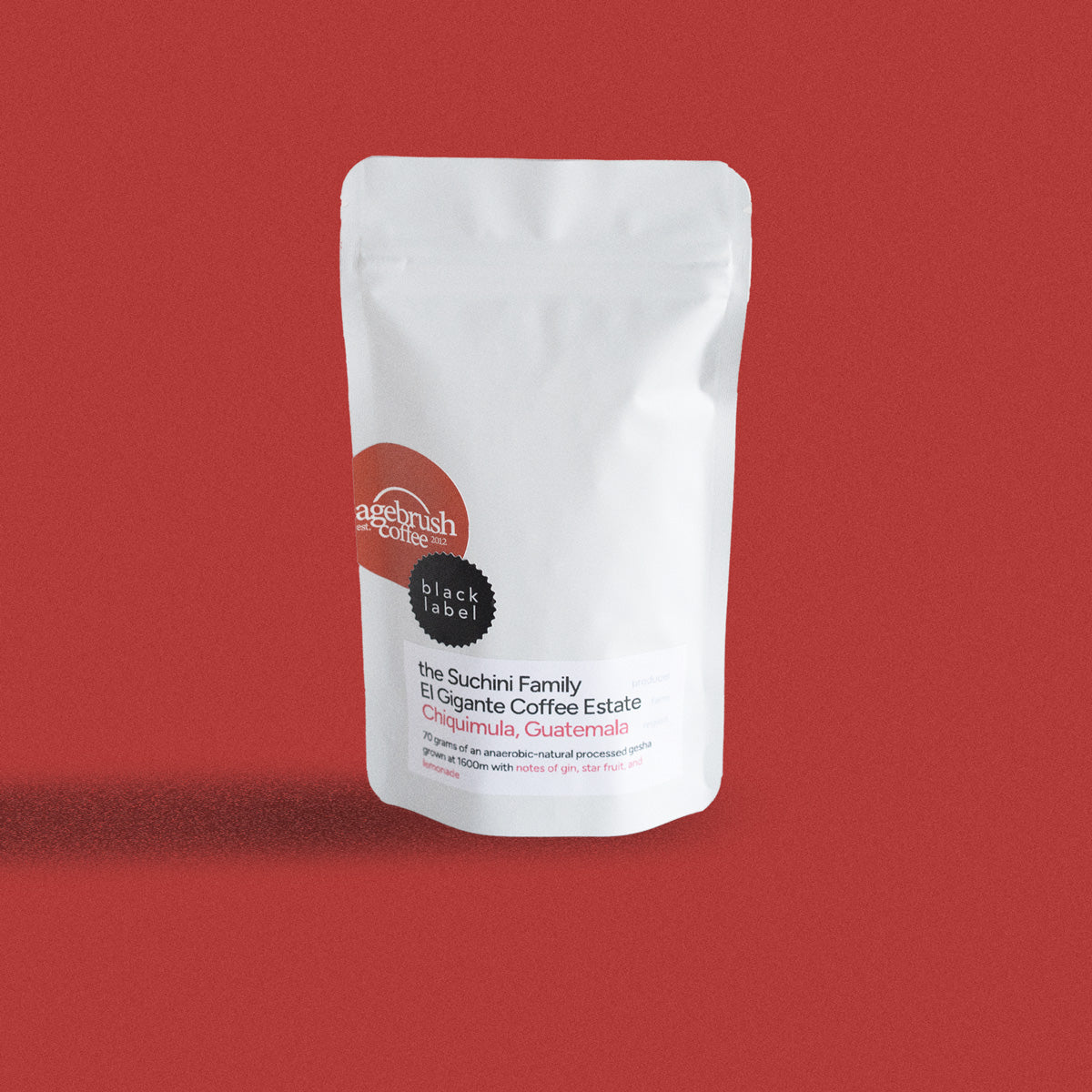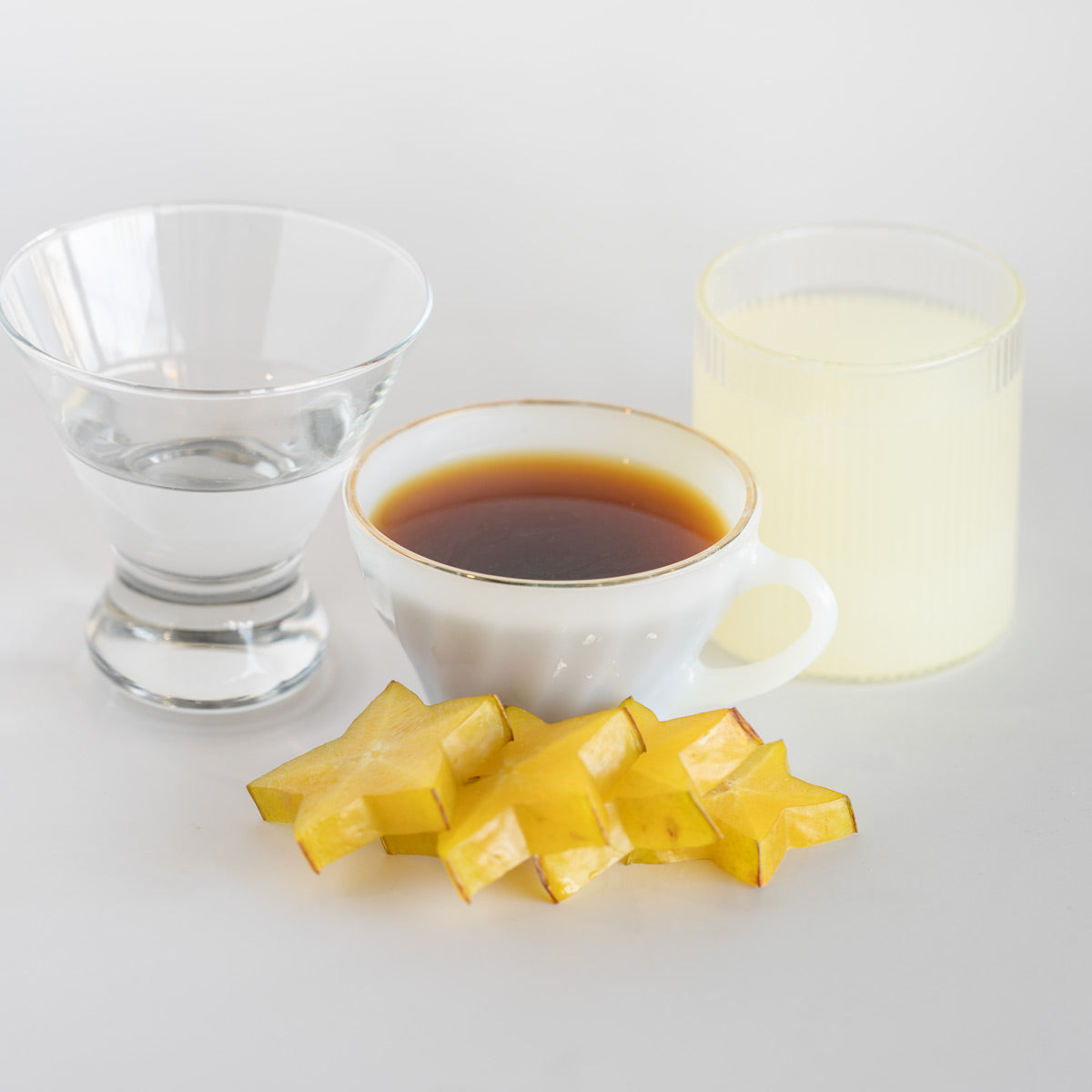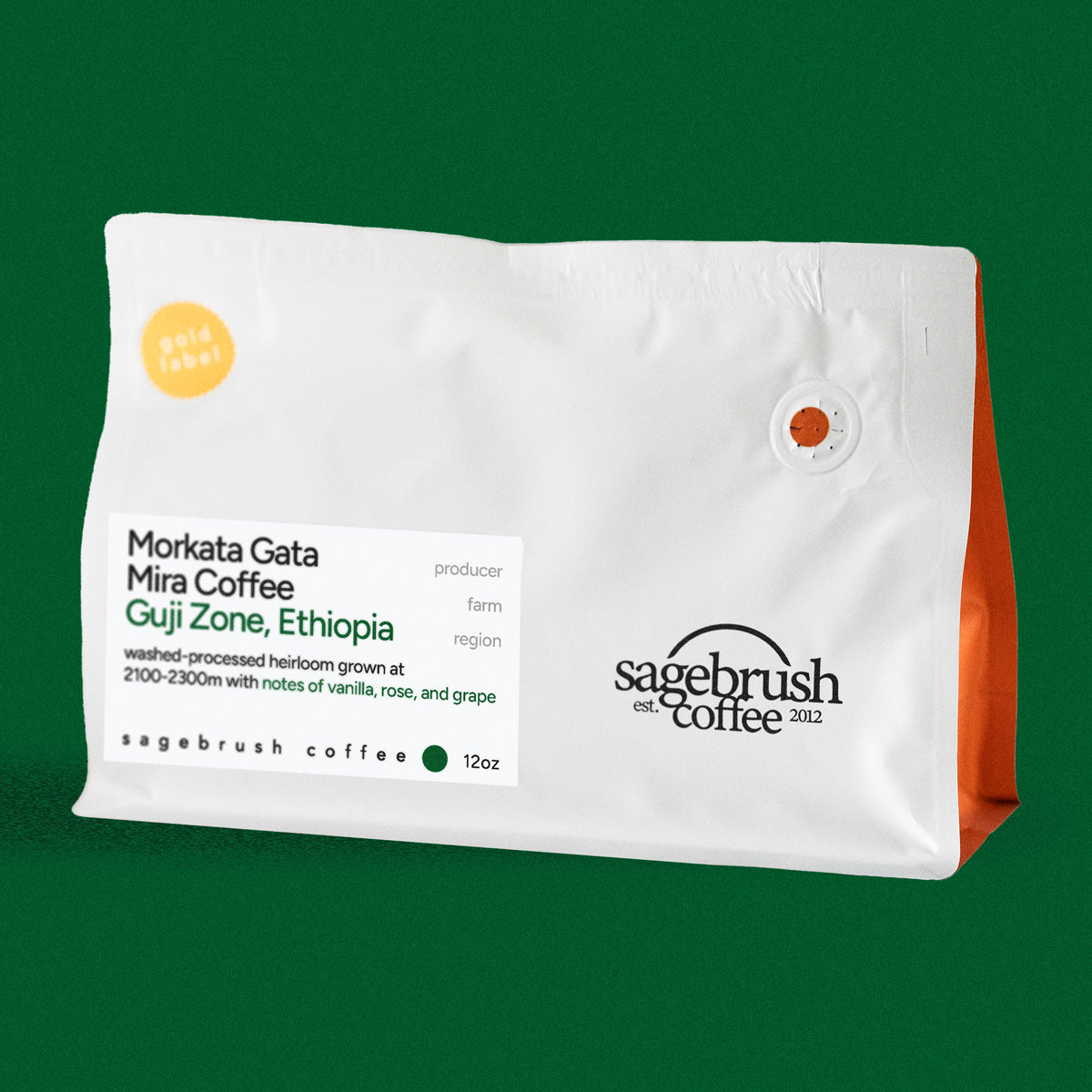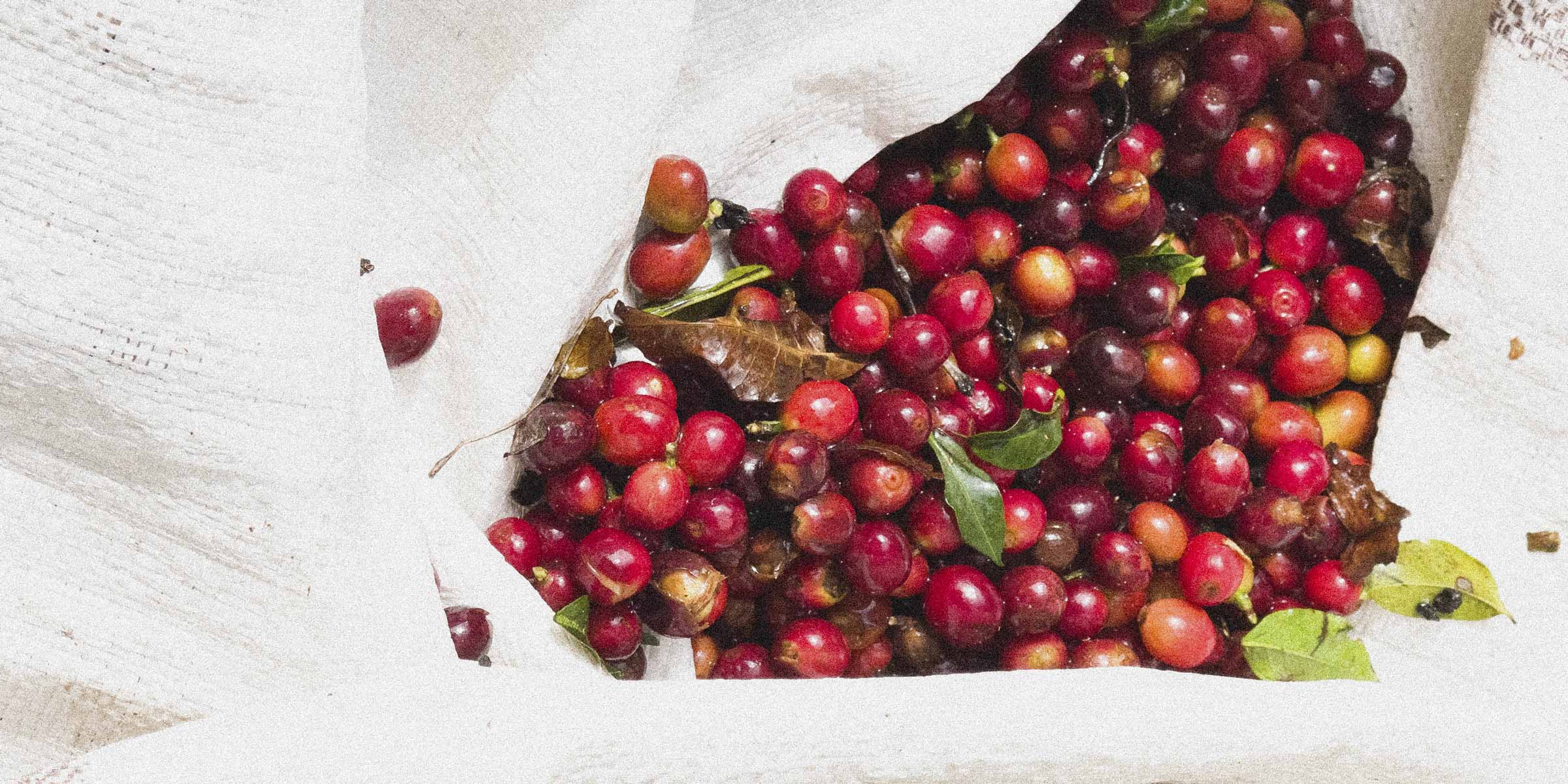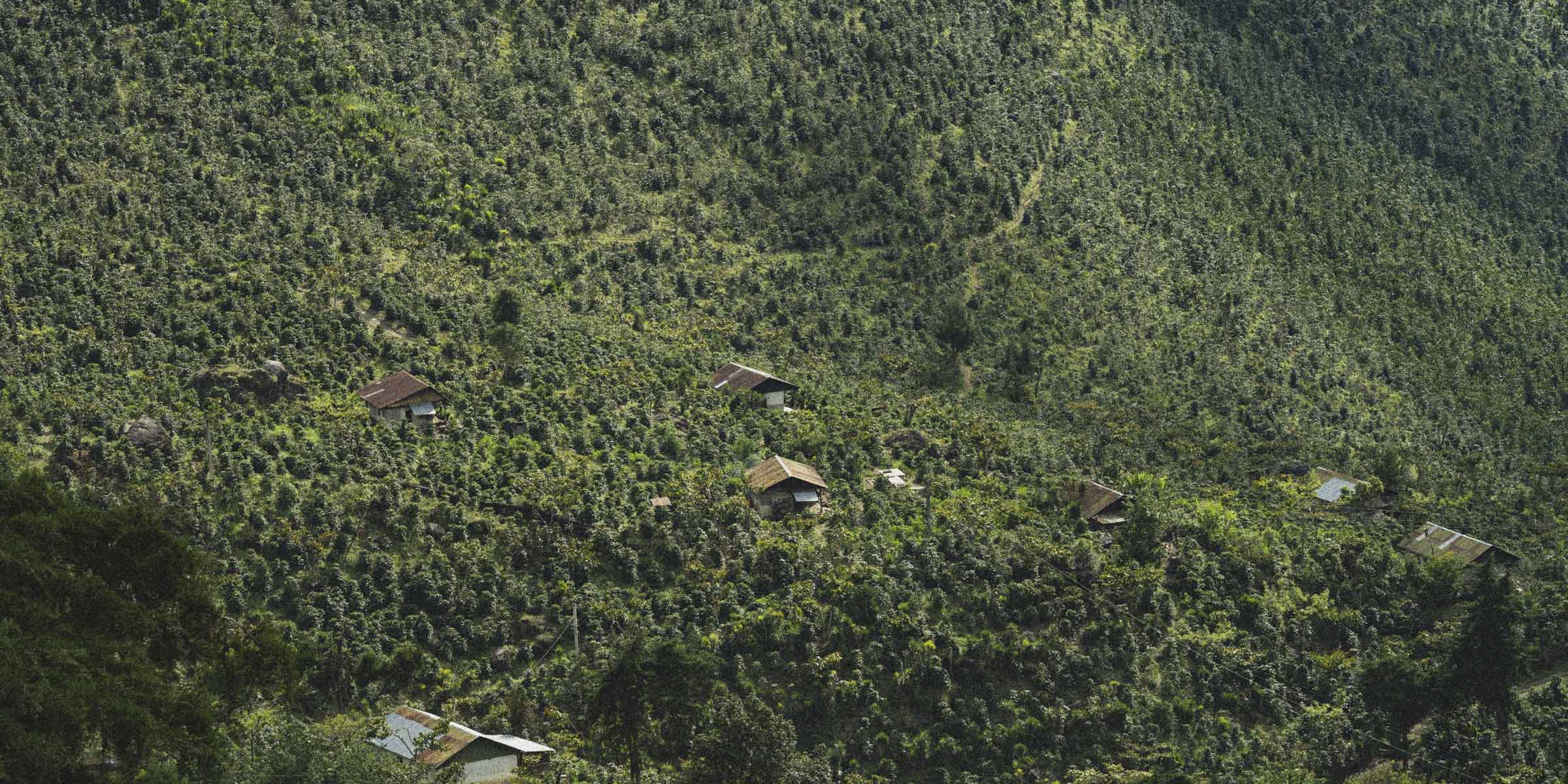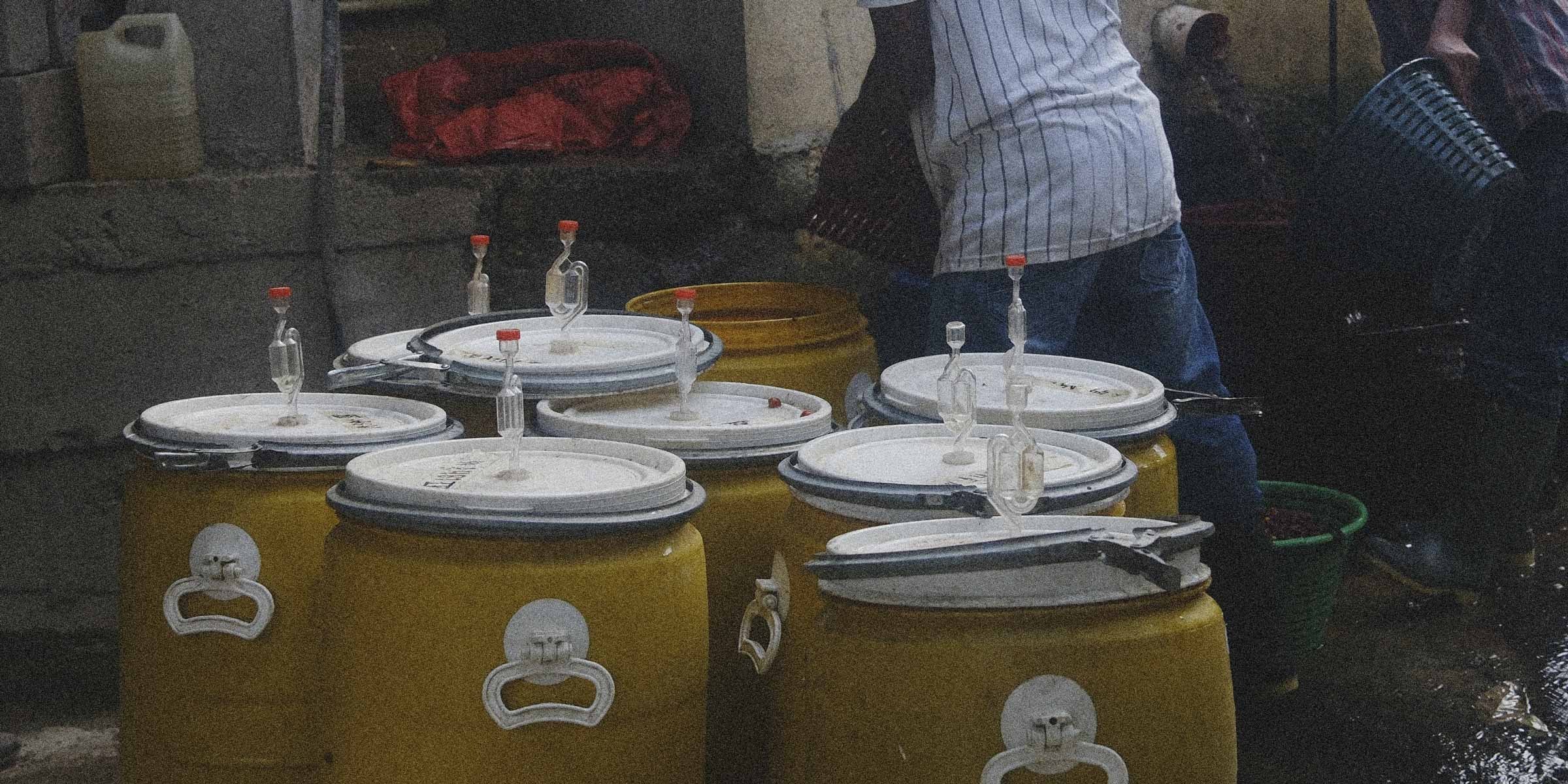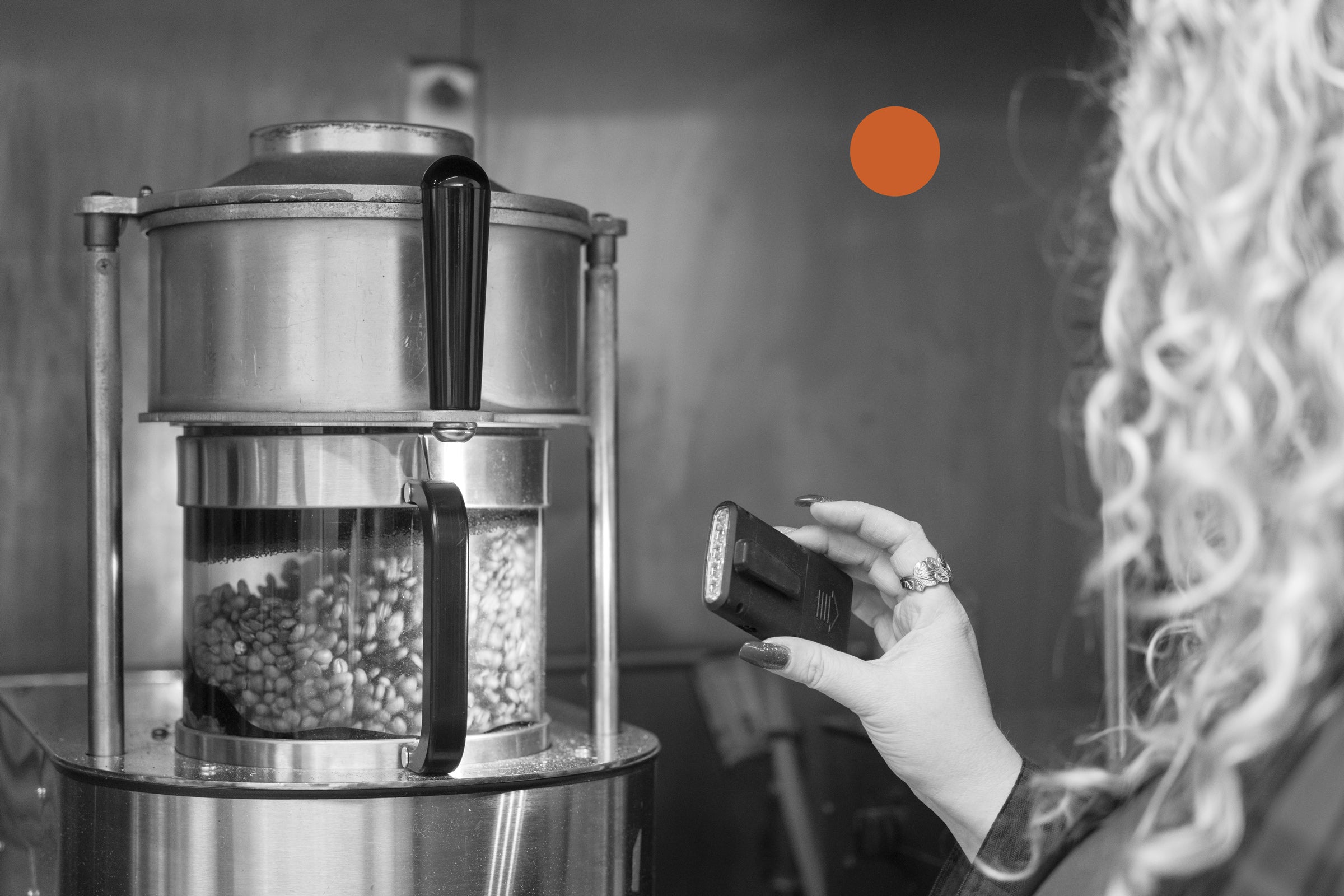Coffee Processing
To start a discussion on coffee processing, I have to start with the ten steps to take coffee from seed to a cup. When I first learned there were ten steps, I thought, "Grow, roast, grind, brew. What else could there be?" As discussed on the National Coffee Association's website they are as follows:
- Planting
- Harvesting the cherries (yes, coffee grows on trees and looks like a cherry at this point)
- Processing the cherries (if you're bored scroll down, I'll be talking about this one in this blog post)
- Drying the beans
- Milling the beans
- Exporting the beans
- Tasting the coffee (this is where Sagebrush Coffee enters the supply chain)
- Roasting the coffee (you'd think this is where we excel, but step 7 makes all of the difference to a good roaster. You can't roast goodness into coffee. We just try to take what everyone before us did well and put it on full display)
- Grinding the coffee (it's best if you do this, but we can help)
- Brewing the coffee (your job)
Every single one of these steps is vital to a great cup of coffee. When you drink an amazing cup of coffee, remember that great care was taken in all of these steps.
Watch This Video For An Update & More Info:
Below, I'll talk about step 3, processing the cherries.
Coffee Processing Details
Note that this is a very brief very high-level overview to help you with your coffee buying. If you want more detail, I can direct you to great resources that go into way more detail.
At the highest level, processing the cherries is removing the fruit from the bean. This happens very quickly after the fruit is picked and is so important to the coffee flavor profile.
Washed / Wet Process
A washed bean has the pulp completely removed before it is dried. This is typically done with a mixture of water and a de-pulping machine. It is an excellent process that does not add a lot of variability to the bean. Meaning, it has a higher likelihood everything will go correctly, and the harvest will produce great fruit. I think because this is such a common method it gets a stigma for not being as good. This is completely untrue. Washed coffees consistently score very well all over the world.
The way a washed coffee tastes has a lot to do with this method. You tend to get more of the flavors unique to that origin in the beans. It almost always produces a brighter and cleaner cup of coffee. In a Latin American coffee, a washed bean is going to show more of the caramel or nuttiness so prevalent in that region.
Natural / Dry Process
A naturally processed bean is probably the oldest method. You will find this process exclusively in some areas, although most of the farms we buy from have selections of all three processes. In this process, they will pick the cherries and dry them with the pulp and skin still on the bean. They are spread out on a drying bed and dried in the sun. There is a lot of labor in the method because they will turn the beans regularly to avoid molding or spoiling. This process can take weeks depending on weather and is something to behold.
This process, regardless of origin, will almost always produce a more fruited cup of coffee. It kind of makes sense when you think about it because for weeks the fruit just seeps into the bean. Some of our richest coffees are dry process
Honey / Semi-washed / Pulped Natural Process
This is easily the most confusing process out there. Maybe it's because we call it 'honey process' and it has nothing to do with actual honey. This process is very similar to dry process coffee. Except the skin is removed before it is dried. As you can imagine, this makes for a very sticky / honey-like feel to the beans. These coffees are dried with the skins off. How much pulp is left on and how they're dried is a much longer discussion. The key is, they are a hybrid process that ends up with its own flavor profile. Some of the best and most popular coffees we've ever sold were honey processed (pour one out for Costa Rica Terra Bella).
When I taste a honey process coffee, I always notice a distinct sweetness to it. It doesn't get the fruitiness of a natural, but it is more complex than a similar washed coffee. I have noticed a more syrupy body and in some beans a more rich flavor.
What does this all mean?
Pay attention when you drink a cup of coffee. I always list the process for every bean we sell, both on the product page and on the info card on the bag. I've also just added process as a filter on the left-hand side of our collections pages. So see which one you like best. I love dry process Ethiopians but prefer the honey process in Latin America. It wouldn't take a brain surgeon to figure that one out though... look at our offerings.
Also, when you pour your morning cup of coffee tomorrow (or maybe you're drinking it right now), think of all of the time and effort that went into it. Be thankful that someone on the other side of the world raked pounds and pound of coffee cherries so that you could enjoy that cup of coffee right there. This world is an amazing place.


